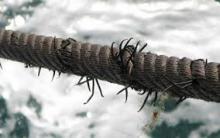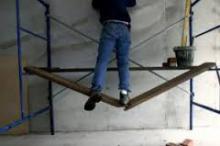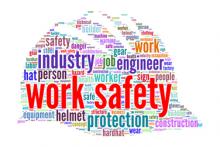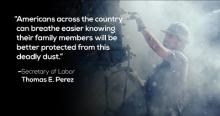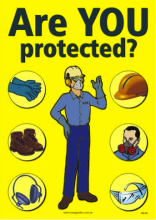
OSHA requires that employers protect their employees from workplace hazards that can cause injury. When engineering controls and safe work practices are not feasible or do not provide sufficient protection, employers must provide PPE to their employees and ensure it is used.
RESPONSIBILITIES
Supervisors:

